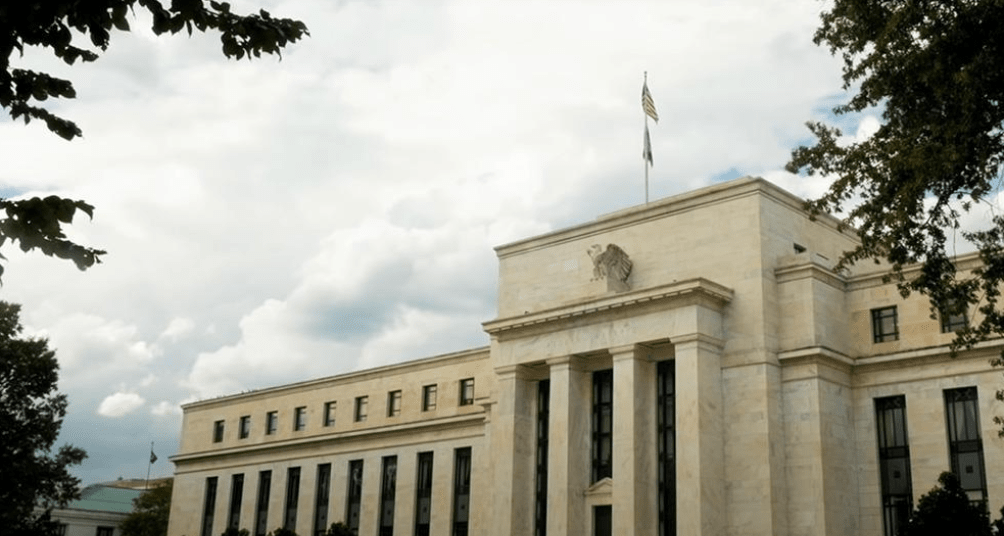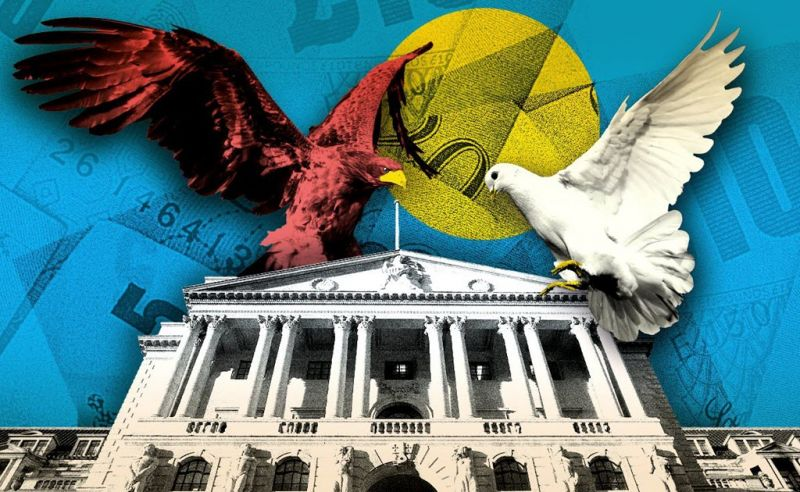
As the Federal Reserve faces disagreement over whether to implement a third rate cut by the end of the year, the upcoming personnel changes in the committee are beginning to outline the policy direction for the coming year.
Atlanta Fed President Bostic announced last week that he will retire after his term ends in February next year, leaving a key position currently held by a hawkish official vacant. If the Atlanta Fed Board appoints a successor with a more dovish policy stance, it may push the rate-setting committee towards more interest rate cuts, although the Atlanta Fed President will not have voting rights until 2027.
"Non-voting members can still significantly influence the Federal Reserve's policy debates and decisions," noted Evercore ISI analyst Marco Casiraghi. "Although we know nothing about the next Atlanta Fed President, we believe that Bostic's retirement decision weakens the hawkish voice and is expected to slightly tilt the FOMC towards dovishness."
The statement from Bostic comes at a time when the Federal Reserve Board in Washington needs to confirm the reappointment of the 12 regional Fed presidents for their new five-year terms starting March 1. This routine procedure, which takes place every five years, usually concludes with a majority vote from the board in favor of reappointment. Currently, the market is watching whether the Trump administration will attempt to influence this reappointment process.
The biggest variable in the structure of the Fed is whether the Supreme Court will rule in January that Trump has the authority to fire Fed governor Cook, who was appointed by Biden. If the Supreme Court supports Trump, he will have the opportunity to appoint another new governor whose views align more closely with his low-interest-rate perspective. This person may also influence the confirmation of the appointments of the 12 regional Fed presidents.
However, Benson Durham, global policy and asset allocation head at Piper Sandler, stated that he does not expect any 'dramatic changes' and does not believe the 'Trump majority' can reshape the committee's structure. 'It is hard to imagine the Fed board telling a regional Fed president, 'We’ve worked together for a long time, but it seems you are not supportive enough of MAGA, and since it is 2026, please step aside,' he admitted.
The most influential factor is that Trump will nominate a successor to current Fed chair Powell, whose term will expire in May next year. The candidate list includes current Fed governors Bowman and Waller—both appointed during Trump's first term—as well as former Fed governors Kevin Warsh, National Economic Council director Kevin Hassett, and BlackRock's Rick Rieder. Given that these candidates' policy positions lean towards lower rates, any choice could shift the leadership toward a more dovish stance.
'The strength of the institution lies in its ability to gracefully handle leadership transitions, including the chair, governors, and regional Fed presidents, because the core of Fed culture is that all leaders are focused on achieving the goals set out by the Federal Reserve Act,' said former Cleveland Fed president and Wharton School finance professor Loretta Mester. 'I expect the new leaders to continue this tradition that has greatly benefited the United States.'
Anne Walsh, Chief Investment Officer of Guggenheim Partners, believes that regardless of what happens, the Federal Reserve's composition will trend more dovish. 'This means we return to my prediction of a significant decline in future neutral rates, which will benefit interest-rate-sensitive sectors of the economy and to some extent benefit lower-end consumers,' she stated at the Yahoo Finance Investment Summit.

Hawk going, hawk coming
Next year will also see the annual rotation of four regional Fed presidents. Of the 12 regional Fed presidents, five have voting rights each year—four of which rotate annually, while the New York Fed has permanent voting rights.
In 2026, the Cleveland, Dallas, Philadelphia, and Minneapolis Fed presidents will become voting members, while the Kansas City, Chicago, Boston, and St. Louis Fed presidents will rotate out.
Currently, all four regional Fed presidents with voting rights lean toward a hawkish stance. Boston Fed president Collins stated this week that, although she supported the rate cut at the last meeting, the threshold for further cuts is 'relatively high,' and maintaining rates at current levels 'for a period of time' may be appropriate.
St. Louis Fed president Bullard stated last week that he supported the rate cut at the last meeting but emphasized that further easing 'must be approached with caution, as there is limited room for further relaxation without making monetary policy excessively loose.' He warned that inflation remains at 3%, and current rates are close to neutral levels—neither stimulating nor hindering economic growth. 'I think we need to provide appropriate support for the labor market while continuing to combat excessive inflation,' he added.
Kansas City Fed president George reiterated last Friday that inflation 'is still too high,' and although tariffs may push prices up, his concerns go beyond tariffs, including rising electricity and healthcare costs. He voted against rate cuts at the September meeting.
Meanwhile, Chicago Fed president Evans previously told Yahoo Finance that the threshold for a further rate cut has increased and admitted concerns about inflation remaining above the 2% target for nearly five years and deviating from the expected path.
The regional Fed presidents who will gain voting rights next year also show hawkish tendencies. Although the addition of the Philadelphia Fed president may moderate the committee's stance, Minneapolis Fed president Kashkari remains cautious about further rate cuts, emphasizing the inherent resilience of the economy. Cleveland Fed president Mester and Dallas Fed president Logan have both clearly stated that they are more focused on inflation concerns and are cautious about rate cuts.
These members may trigger policy disagreements next year. 'It is expected that next year will see a coexistence of a more hawkish regional Fed composition and a more dovish board,' analyzed Gregory Daco, chief economist at EY-Parthenon, 'but it is important to avoid simplistically dividing the situation into two camps.'
Daco predicts that three major factions will form:
The new Fed chair, along with governor Bowman and the successor to governor Mester, will belong to the dovish camp;
Cleveland Fed's Mester, Minneapolis Fed's Kashkari, and Dallas Fed's Logan will fall into the hawkish camp;
While governors Jefferson, Waller, Williams, Cook, and Philadelphia Fed president Harker will form the centrist faction.
